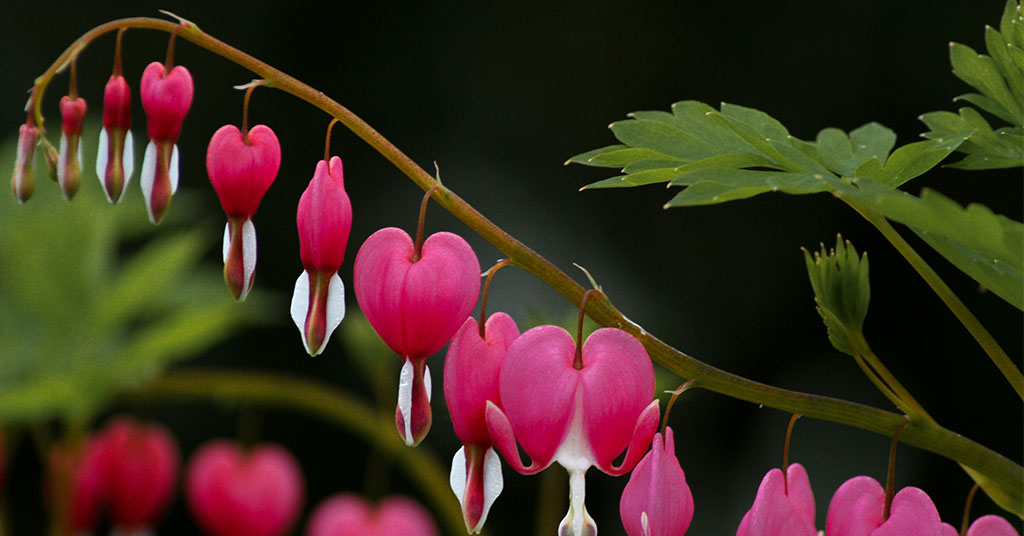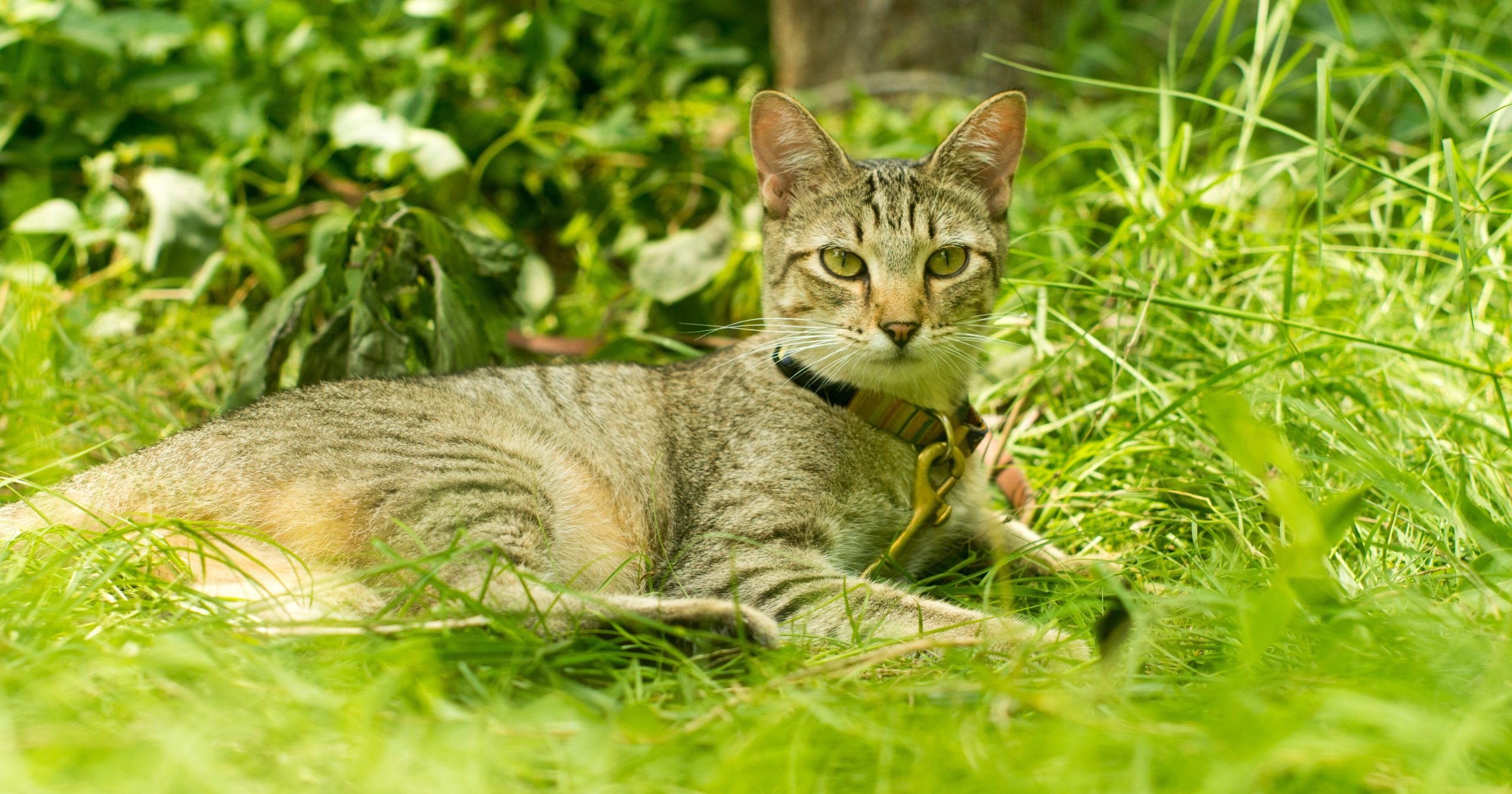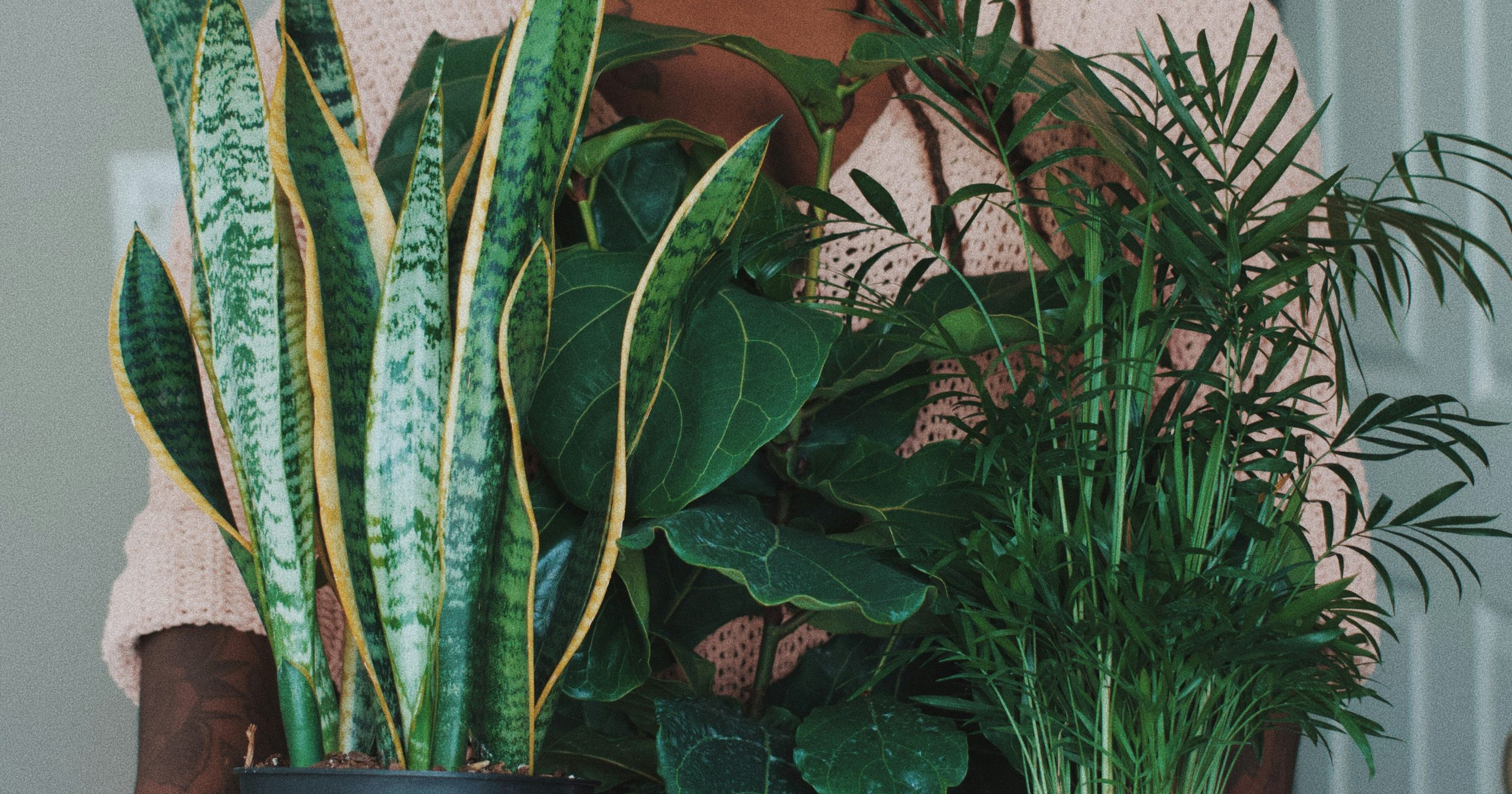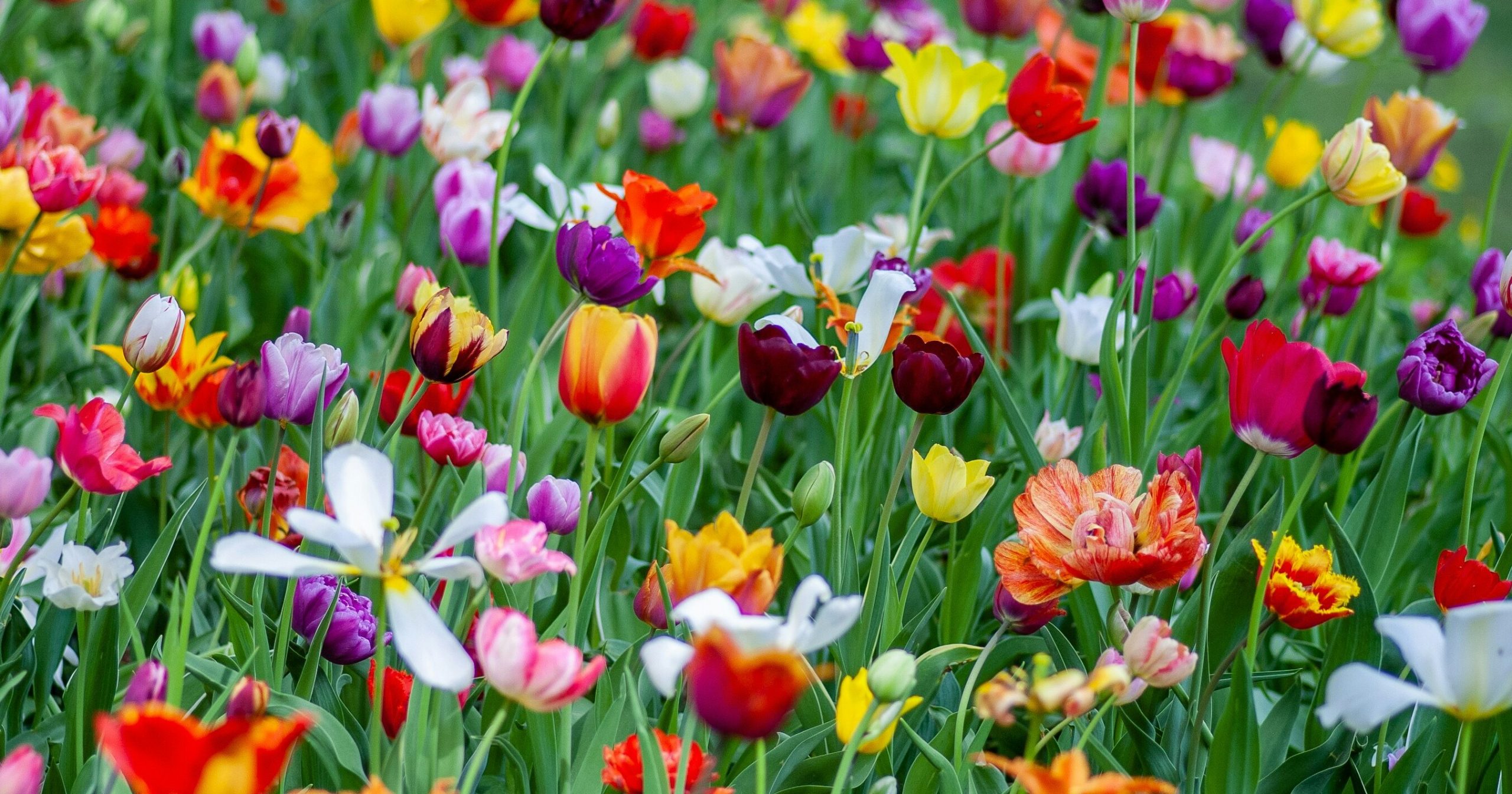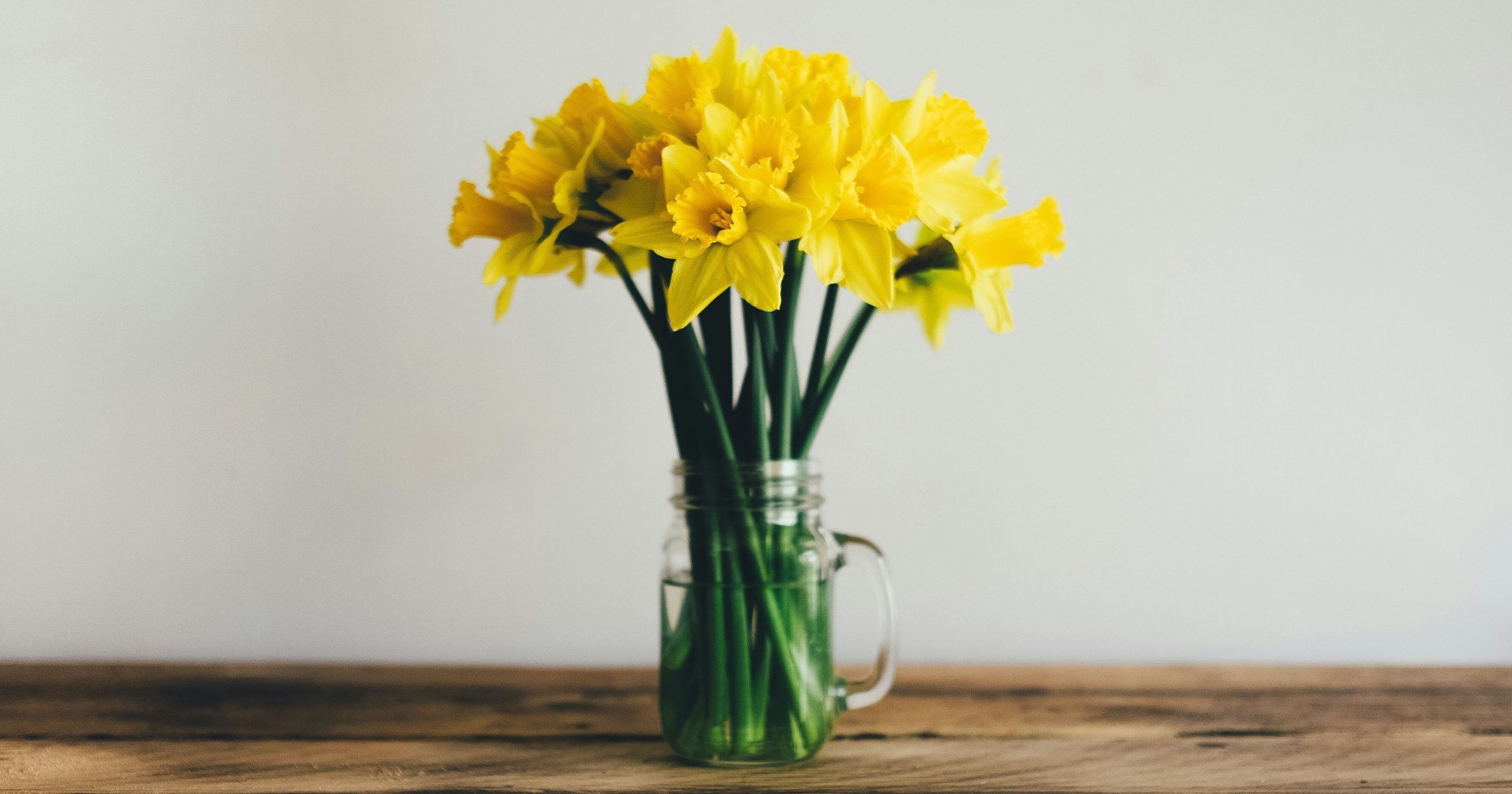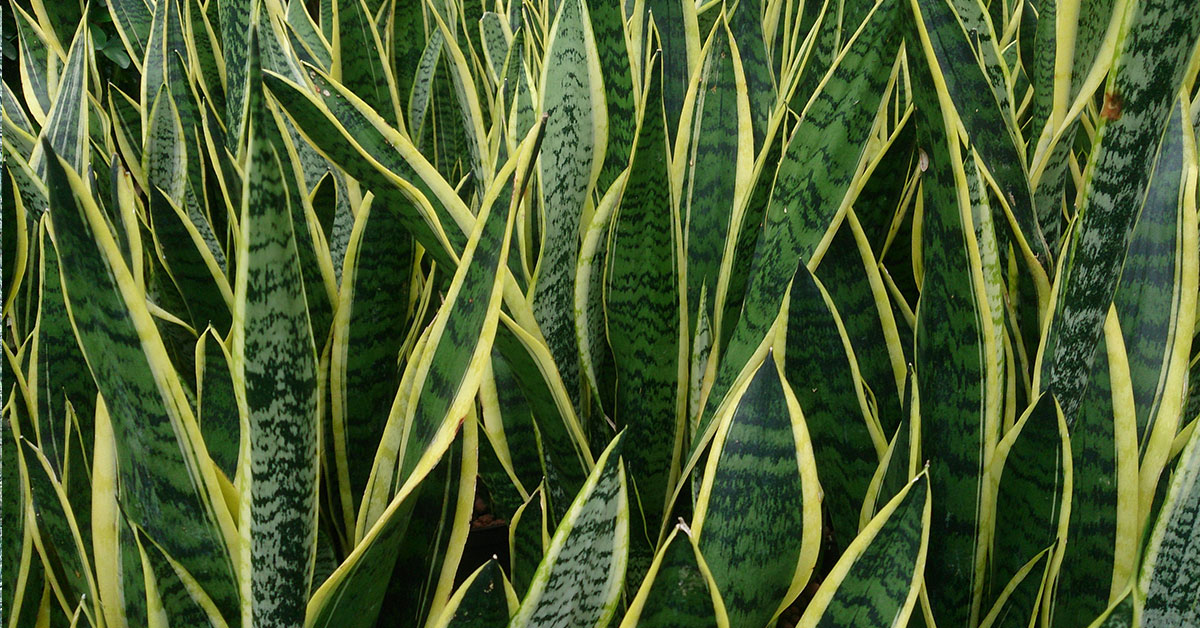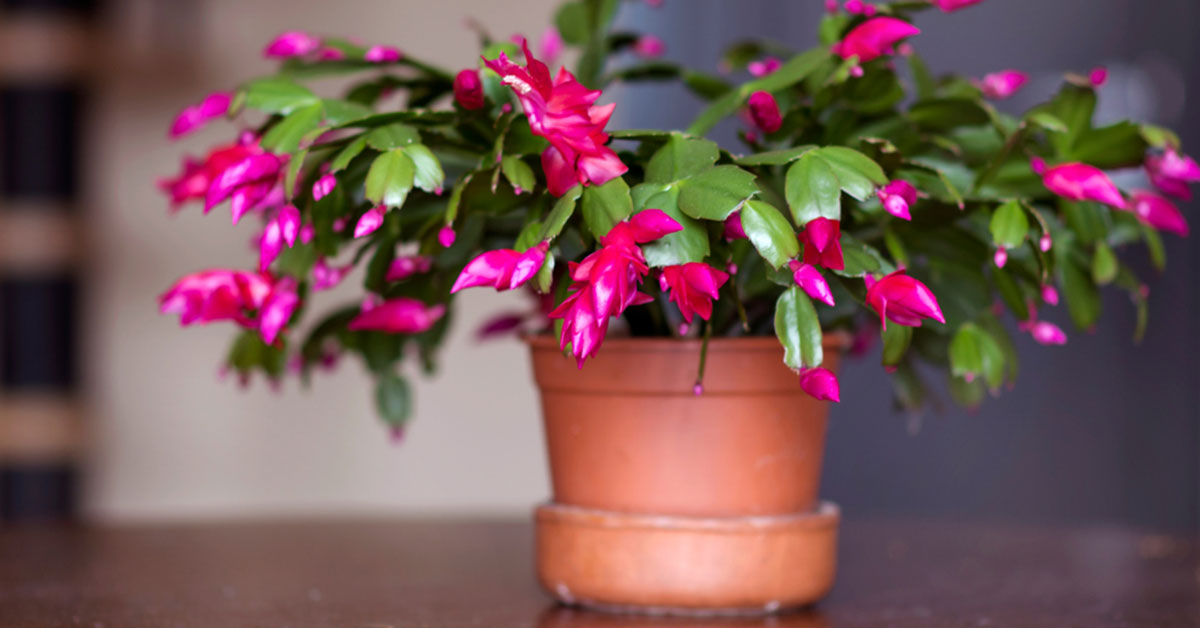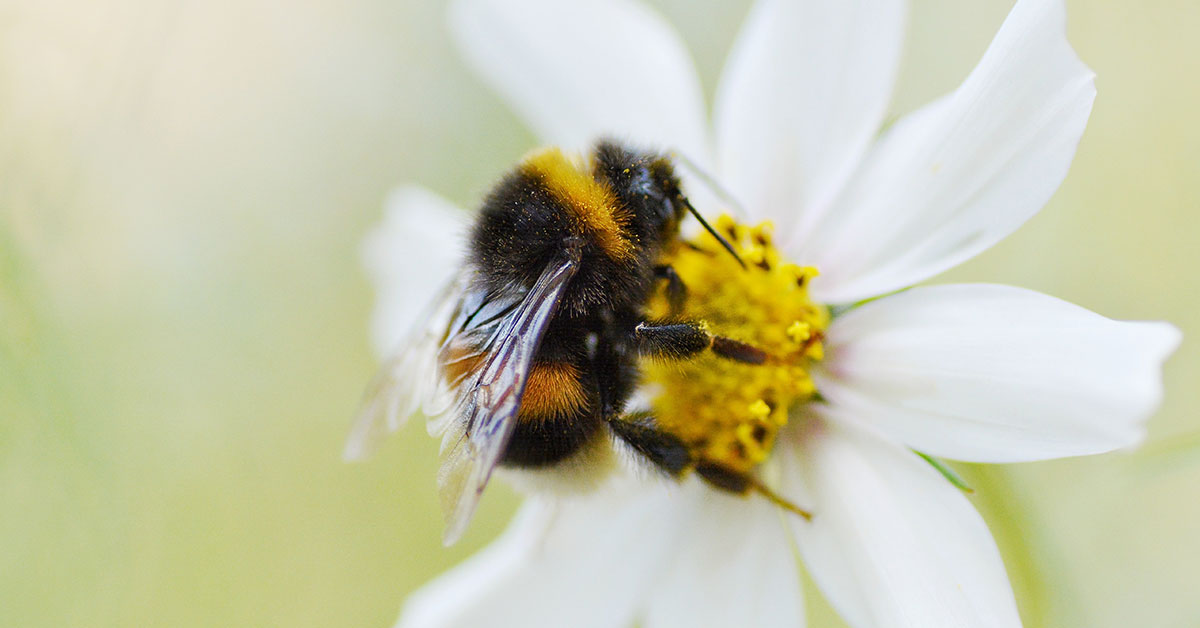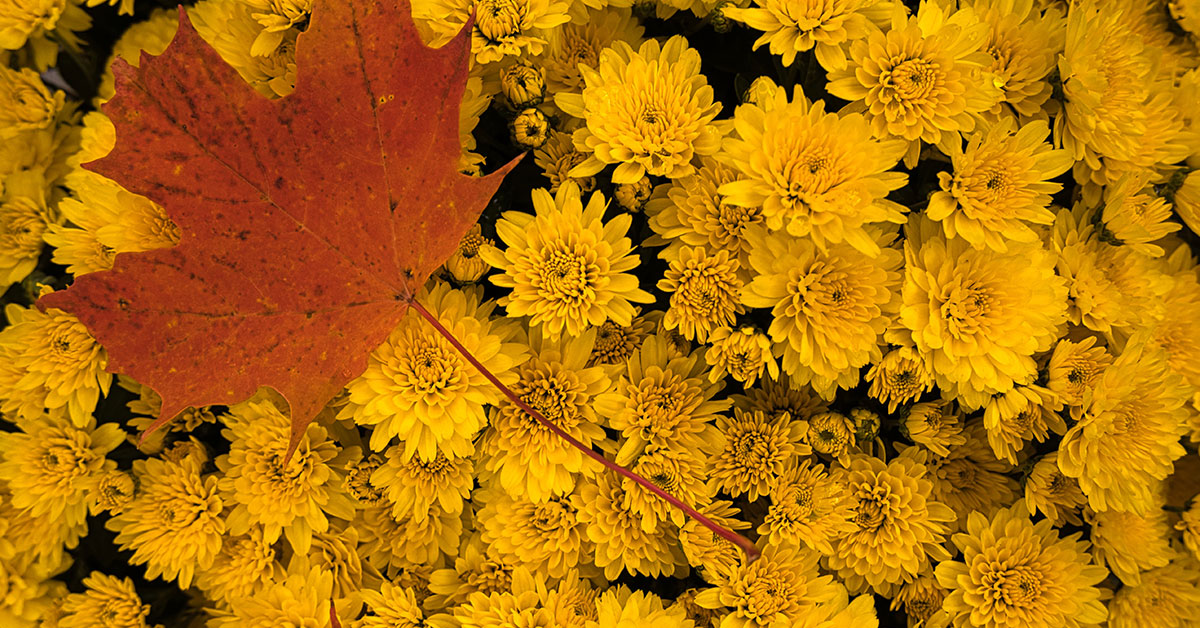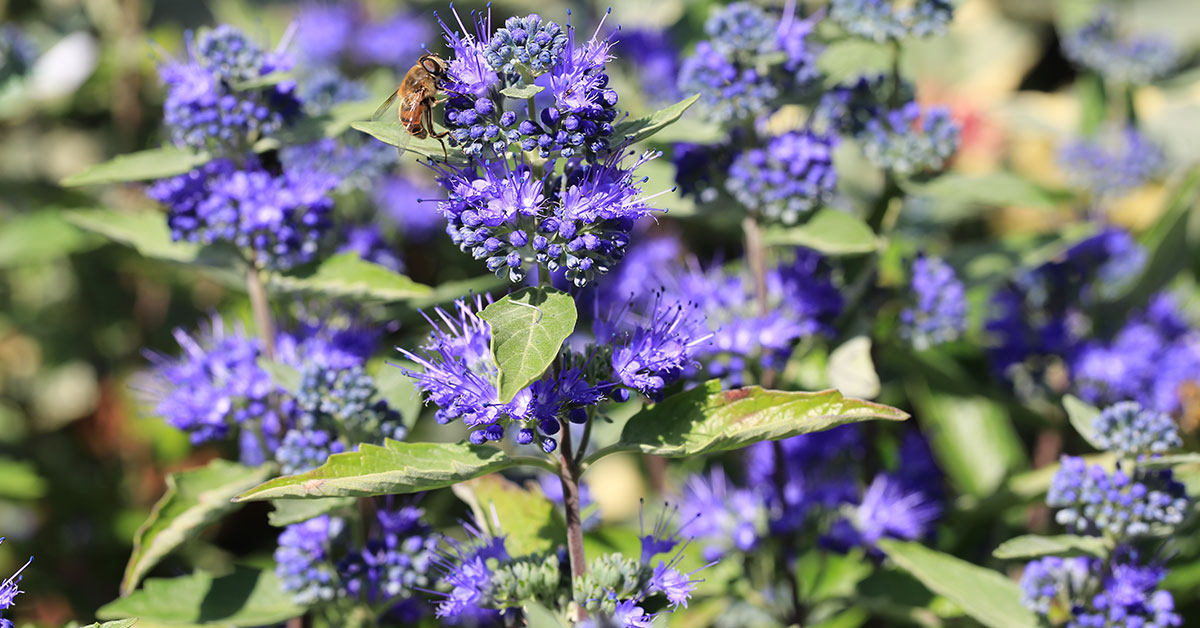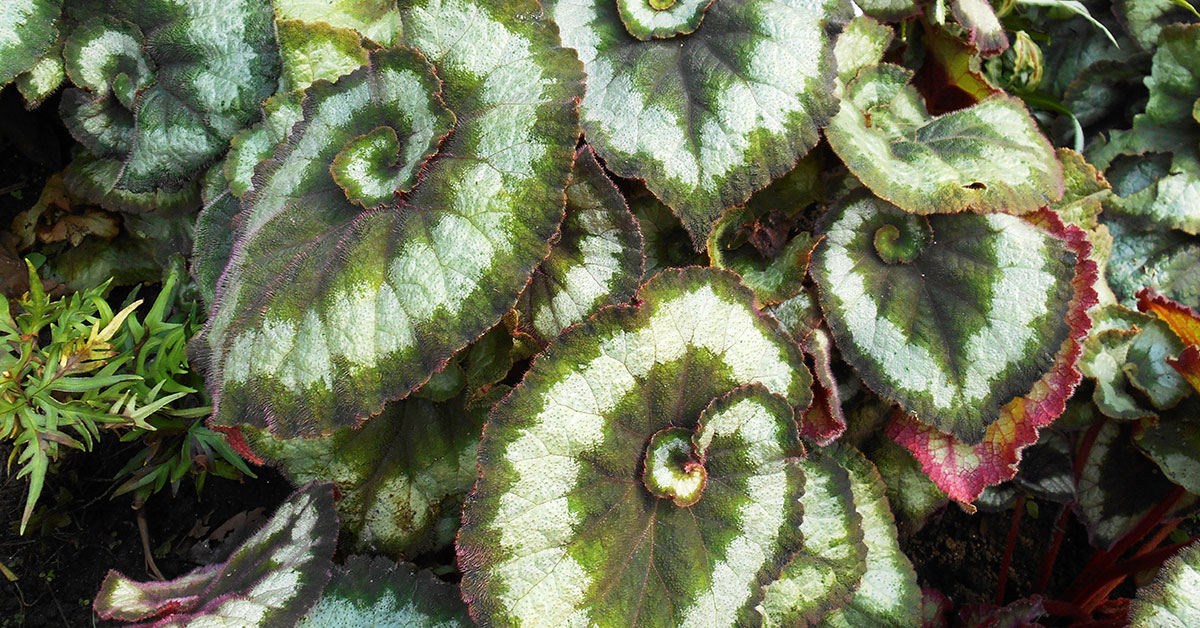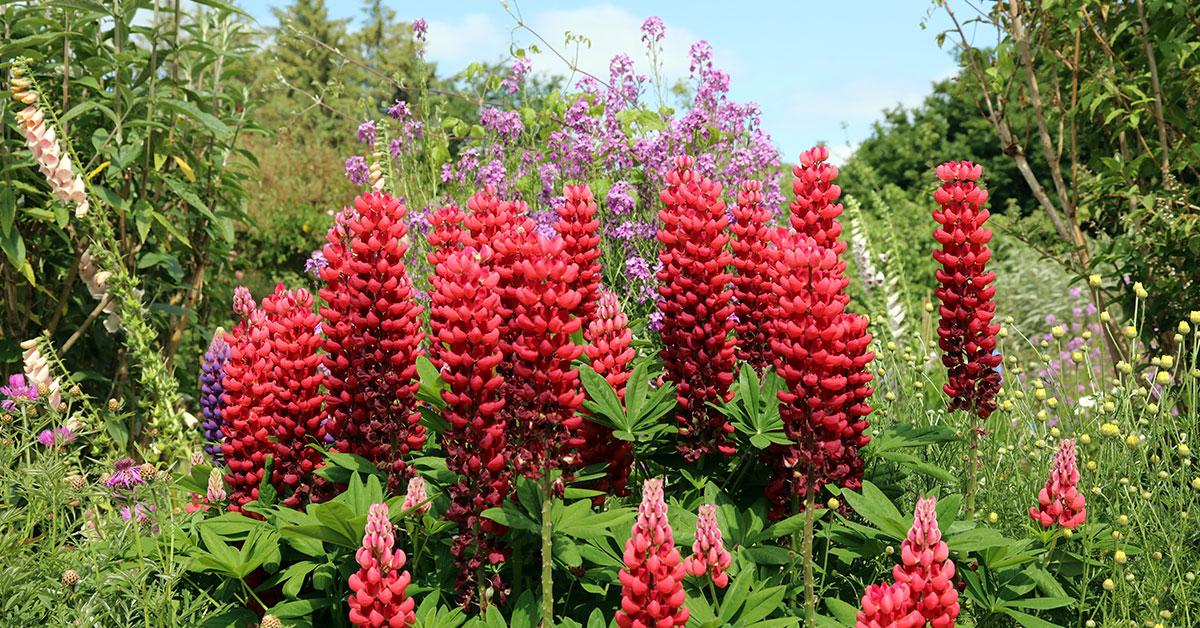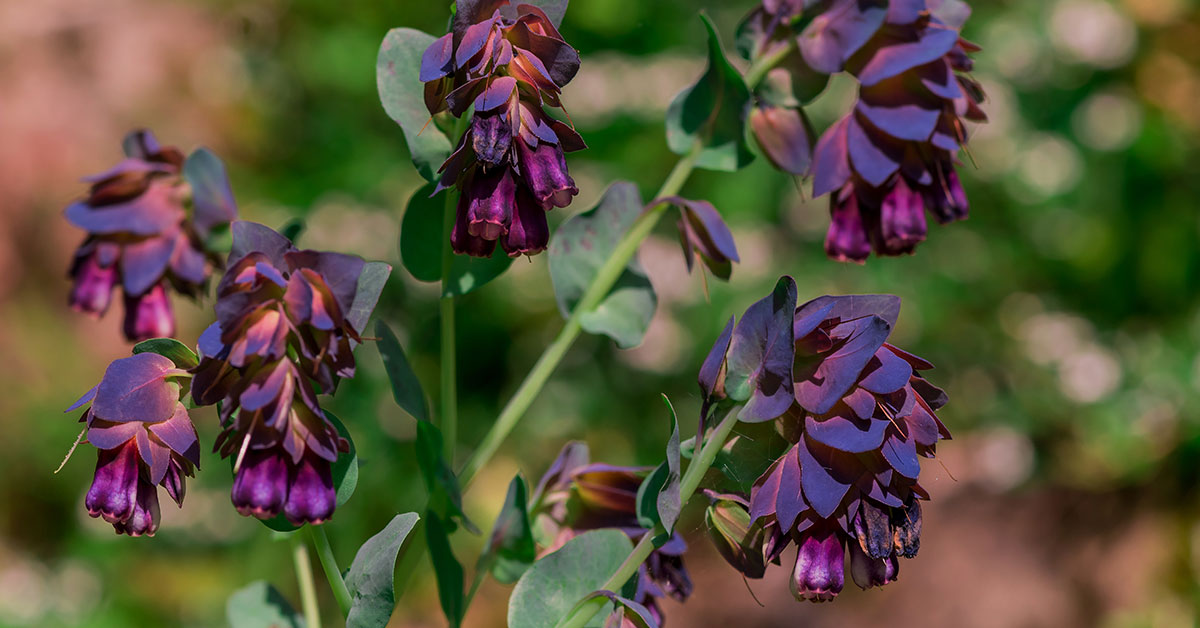Early spring brings out the flowers of the Bleeding Heart vine (Dicentra spectabilis), which adorns the yard with eye-catching, heart-shaped blossoms borne on arching stalks. As the plant awakens from dormancy, attractive bluish-green foliage first appears. The Bleeding Heart’s flowers can be all-white or all-pink, as with the Bleeding Heart hybrid “Alba.”
What are bleeding hearts?
Woodland plants are known as Bleeding Hearts. They like shadow and blossom in the early spring’s chill. After blossoming for a few weeks, the plants frequently turn ephemeral and vanish for the remainder of the summer if exposed to excessive heat or sunlight. However, the roots continue to grow, thus Bleeding Hearts will reappear every year, either in the fall or the following spring.
The size of a Bleeding Heart ranges from about 1 to 3 feet high with a comparable spread. The plant grows slowly, achieving its maximum size in around 60 days. Because a Bleeding Heart is harmful to both people and animals, be careful where you plant it.
Here are some brief facts about this popular plant:
- Latin name: Lamprocapnos spectabilis
- Other names: fern-leaf Bleeding Heart
- Native to: Asia
- Invasiveness: Non-invasive
- Tenderness: Herbaceous, perennial
- Sun: Partial, shade
- Water: Average
- Soil: Moist, well-drained
- Hardiness zone: 3–9
- When to plant: Early spring
- Spacing: 12-15 inches
- Plant height: 1–3 ft.
- Bloom period: Spring
- Time to maturity: 60 days
- Container friendly: Yes
- Fertilizer: All-purpose, slow-release fertilizer
- Toxicity: Toxic to people and pets
- Drought tolerant: Yes
- Deer resistant: Yes
- Pest resistant: No
How to grow Bleeding Hearts
The Bleeding Heart requires regular watering to keep the soil continuously moist. In a dark or partially shady location, the Bleeding Heart plant like to be placed in organic soil. Before establishing the Bleeding Heart vine in the fall or spring, work compost into the space.
Over time, organic mulch decomposes to provide nutrients and aid with moisture retention. In warmer southern climates, Bleeding Hearts require a cold, shady setting for best flowering, but further north, this specimen may bloom in a full-sun location. The Bleeding Heart plant, a herbaceous perennial, withers away to the ground as summertime heat sets in.
In order to properly care for Bleeding Hearts, the leaves may be pruned back to the ground as the plant starts to turn yellow and wither. Do not remove the foliage before it turns yellow or brown since your Bleeding Heart plant is saving nourishment for the developing Bleeding Hearts that will appear the following year during this period. The growing plant needs to be regularly fertilized as part of its flower maintenance.
Time-release plant food and more compost can be incorporated into the soil around the plant when the foliage first appears in the spring. As it promotes more and longer-lasting blooms, this is a crucial step in cultivating Bleeding Hearts. Many people are shocked by how easy it is to grow Bleeding Hearts. When you learn how to cultivate Bleeding Hearts, you might want to utilize them to enliven shadowy and dark regions.
Growing Bleeding Hearts in containers
Growing Bleeding Hearts from seeds could result in more plants in the garden, but dividing clumps every few years is the most reliable way to increase their population. Divide the remaining roots after carefully digging out the Bleeding Heart’s roots and removing any dried-out ones. For a show in the early spring, plant them in various garden locations.
When to start Bleeding Heart seeds
Put the seeds in a pot of soil to start them inside. The pot should be placed in a plastic bag and frozen for approximately six to eight weeks. Reintroduce the shrub to light and hotter conditions after removing the pot. The seeds will be able to germinate and sprout as a result of the temperature shift and sunlight exposure. Place the pots outside in a cool, open area protected from drying winds and harsh sunlight. To avoid fungus, keep the soil moist but let the top layer of the soil dry out in between waterings. To promote thick development, feed the plants some fish oil mixed with water in the early spring. After feeding, water properly to help the soil absorb the nutrients.
When to plant Bleeding Hearts
The optimal time to transplant Bleeding Hearts is when they have died back and gone dormant in the late summer or early fall. In the fall of their second or third year, move the plants into a permanent bed or container. The germination range for Bleeding Heart seeds is between 40 and 55 degrees Fahrenheit.
How to collect Bleeding Heart seeds
Although they are sometimes hard to find, Bleeding Heart seeds germinate quickly. Late spring and early summer are the blooming seasons for the flowering plant, which produce 1- to 2-inch-long, heart-shaped blossoms along thin, drooping branches. In the late summer, the flowers wither and are succeeded by thin green seed pods that each contain lustrous black seeds. When the pods enlarge and resemble pea pods, you can collect the pods. Since the Bleeding Heart plant contains deadly alkaloids in all of its components, use gloves when collecting the seeds.
Wildlife attracted by Bleeding Hearts
Hummingbirds, butterflies, and other helpful pollinators are drawn to this perennial, shade-loving flower.
Common problems
The most serious insect issues with the plant are aphids, slugs, and snails. Using insecticidal soap or neem oil is the simplest and least harmful way to treat aphids and scale. The best way to get rid of slugs and snails is to personally pluck them off and put them in a pail of soapy water. The best times to find them are at night and in the morning.
Furthermore, powdery mildew and leaf spot are among the fungi that can infect Bleeding Hearts. The plant can often be treated with a fungicide. However, if the plant has become black and smells bad, it is decomposing and can spread the disease to other plants nearby.
Types of Bleeding Heart
There are a number of Bleeding Heart cultivars with comparable growth traits, including:
- White flowers on Lamprocapnos spectabilis “Alba”
- Pink flowers and golden-yellow foliage can be seen on Lamprocapnos spectabilis “Gold Heart.”
- Lamprocapnos spectabilis “Valentine,” with its bright cherry-red blossoms, white tips, and burgundy stalks.
